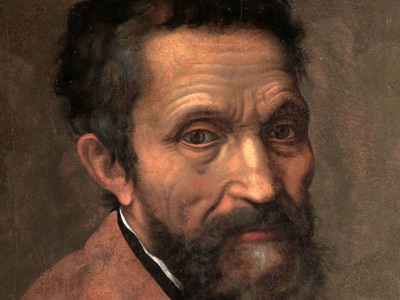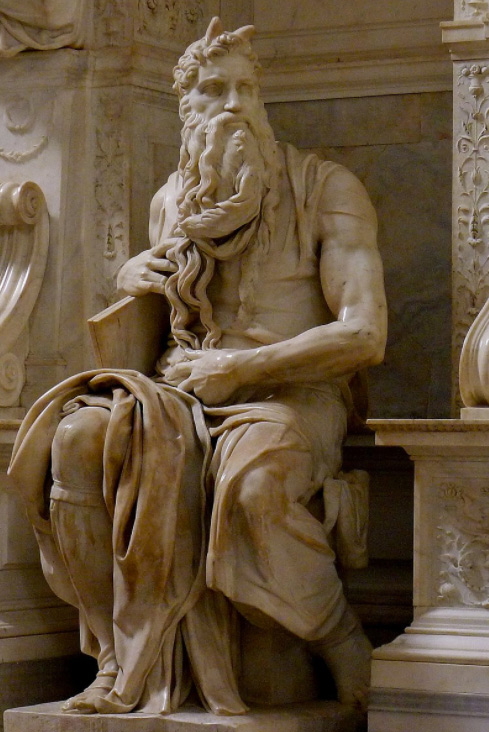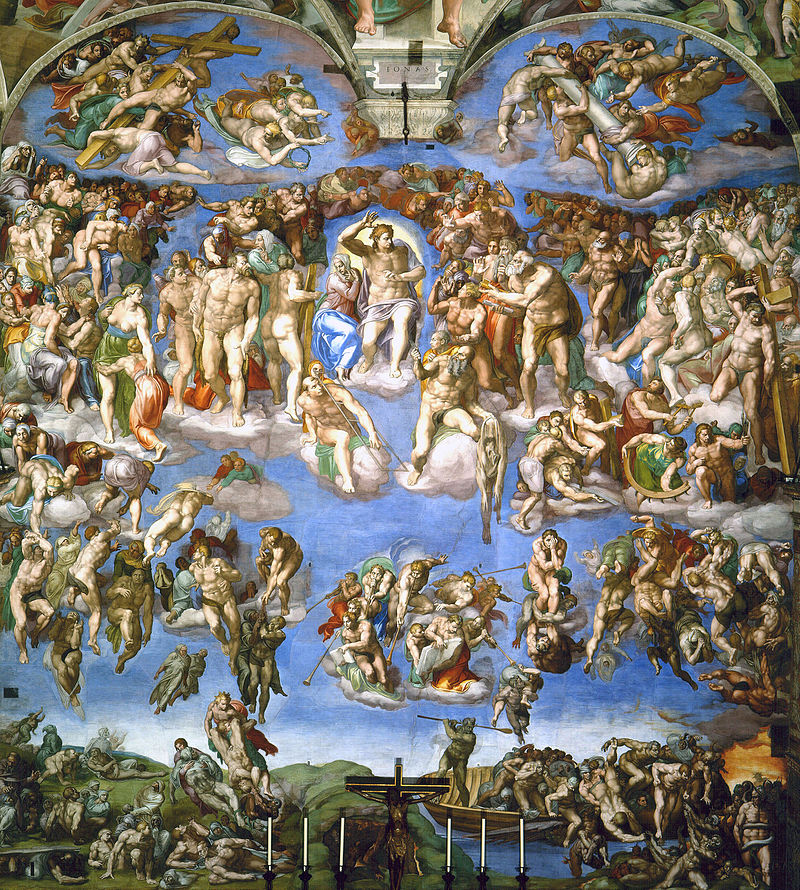Michelangelo (1475-1564)
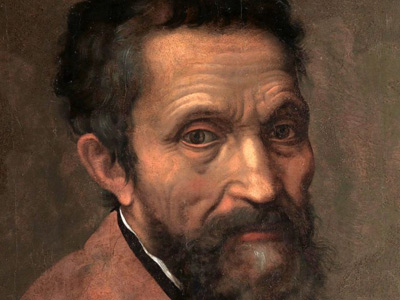
Bologna, Florence and Rome 1492–99
Lorenzo de' Medici's death on 8 April 1492 brought a reversal of Michelangelo's circumstances. Michelangelo left the security of the Medici court and returned to his father's house. In the following months he carved a polychrome wooden Crucifix (1493), as a gift to the prior of the Florentine church of Santo Spirito, which had allowed him to do some anatomical studies of the corpses from the church's hospital. Between 1493 and 1494 he bought a block of marble, and carved a larger than life statue of Hercules, which was sent to France The Kingdom of France is the historiographical name or umbrella term given to various political entities of France in the medieval and early modern period. It was one of the most powerful states in Europe since the High Middle Ages. It was also an early colonial power, with possessions around the world. Colonial conflicts with Great Britain led to the loss of much of its North American holdings by 1763. The Kingdom of France adopted a written constitution in 1791, but the Kingdom was abolished a year later and replaced with the First French Republic. and subsequently disappeared sometime in the 18th century. On 20 January 1494, after heavy snowfalls, Lorenzo's heir, Piero de Medici, commissioned a snow statue, and Michelangelo again entered the court of the Medici.
The Kingdom of France is the historiographical name or umbrella term given to various political entities of France in the medieval and early modern period. It was one of the most powerful states in Europe since the High Middle Ages. It was also an early colonial power, with possessions around the world. Colonial conflicts with Great Britain led to the loss of much of its North American holdings by 1763. The Kingdom of France adopted a written constitution in 1791, but the Kingdom was abolished a year later and replaced with the First French Republic. and subsequently disappeared sometime in the 18th century. On 20 January 1494, after heavy snowfalls, Lorenzo's heir, Piero de Medici, commissioned a snow statue, and Michelangelo again entered the court of the Medici.
In the same year, the Medici were expelled from Florence as the result of the rise of Savonarola. Michelangelo left the city before the end of the political upheaval, moving to Venice and then to Bologna. In Bologna, he was commissioned to carve several of the last small figures for the completion of the Shrine of St. Dominic, in the church dedicated to that saint. At this time Michelangelo studied the robust reliefs carved by Jacopo della Quercia around main portal of the Basilica of St Petronius, including the panel of The Creation of Eve the composition of which was to reappear on the Sistine Chapel ceiling. Towards the end of 1494, the political situation in Florence was calmer. The city, previously under threat from the French, was no longer in danger as Charles VIII had suffered defeats. Michelangelo returned to Florence but received no commissions from the new city government under Savonarola. He returned to the employment of the Medici. During the half year he spent in Florence, he worked on two small statues, a child St. John the Baptist and a sleeping Cupid. According to Condivi, Lorenzo di Pierfrancesco de' Medici, for whom Michelangelo had sculpted St. John the Baptist, asked that Michelangelo "fix it so that it looked as if it had been buried" so he could "send it to Rome ... pass [it off as] an ancient work and ... sell it much better." Both Lorenzo and Michelangelo were unwittingly cheated out of the real value of the piece by a middleman. Cardinal Raffaele Riario, to whom Lorenzo had sold it, discovered that it was a fraud, but was so impressed by the quality of the sculpture that he invited the artist to Rome. This apparent success in selling his sculpture abroad as well as the conservative Florentine situation may have encouraged Michelangelo to accept the prelate's invitation.
Michelangelo arrived in Rome 25 June 1496 at the age of 21. On 4 July of the same year, he began work on a commission for Cardinal Raffaele Riario, an over-life-size statue of the Roman wine god Bacchus. Upon completion, the work was rejected by the cardinal, and subsequently entered the collection of the banker Jacopo Galli, for his garden.
In November 1497, the French ambassador to the Holy See, Cardinal Jean de Bilhères-Lagraulas, commissioned him to carve a Pietà, a sculpture showing the Virgin Mary grieving over the body of Jesus. The subject, which is not part of the Biblical narrative of the Crucifixion, was common in religious sculpture of Medieval Northern Europe and would have been very familiar to the Cardinal. The contract was agreed upon in August of the following year. Michelangelo was 24 at the time of its completion. It was soon to be regarded as one of the world's great masterpieces of sculpture, "a revelation of all the potentialities and force of the art of sculpture". Contemporary opinion was summarised by Vasari: "It is certainly a miracle that a formless block of stone could ever have been reduced to a perfection that nature is scarcely able to create in the flesh." It is now located in St Peter's Basilica.
HISTORY
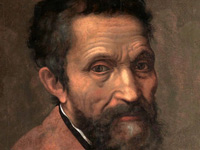
RESOURCES
This article uses material from the Wikipedia article "Michelangelo (1475-1564)", which is released under the Creative Commons Attribution-Share-Alike License 3.0.
© Stories Preschool. All Rights Reserved.
